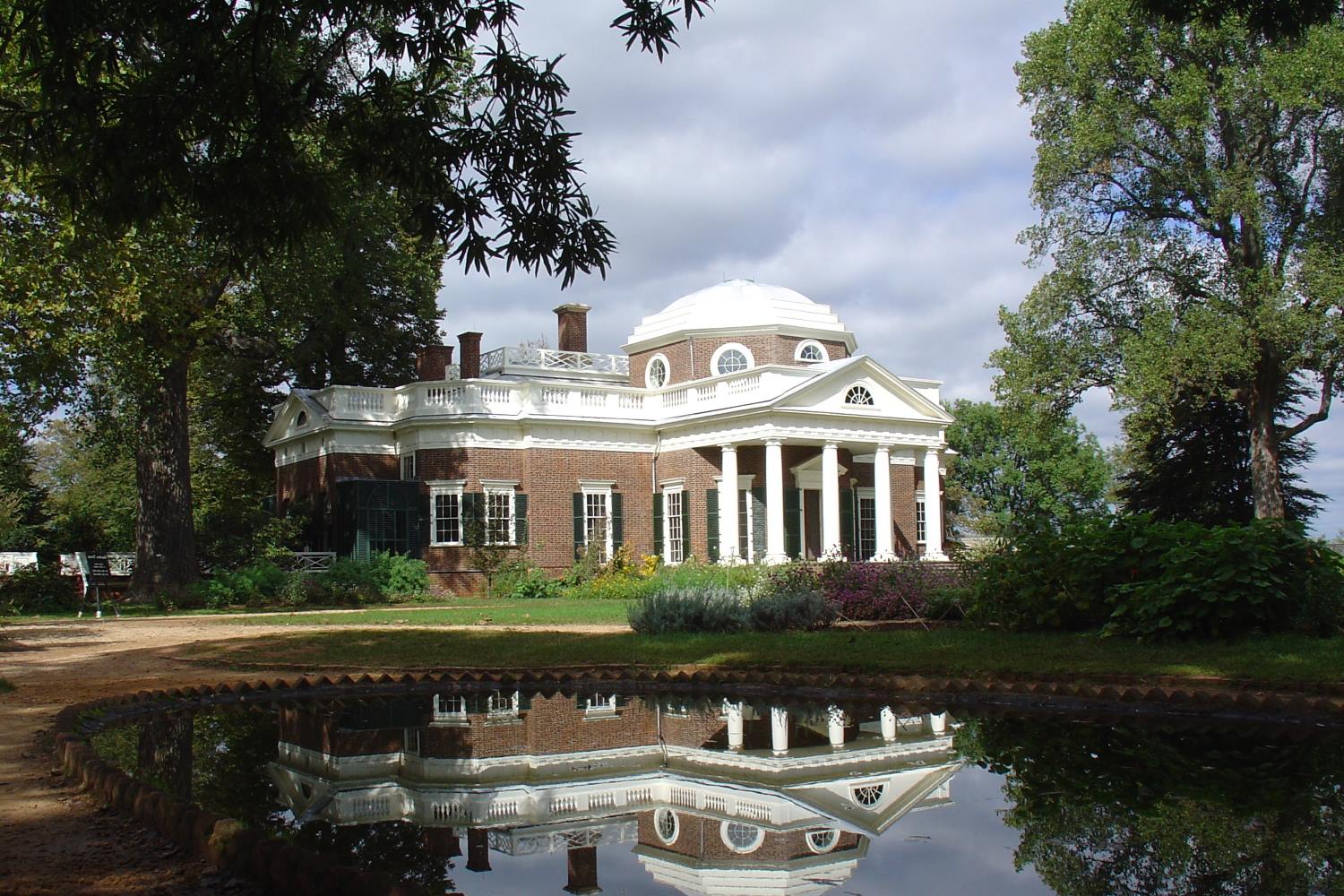Monticello – Thomas Jefferson’s Virginia Estate

Monticello, the historic home of Thomas Jefferson, stands as a testament to the third U.S. president's architectural genius and innovative spirit. Nestled in the rolling hills of Virginia, this iconic estate offers visitors a glimpse into Jefferson's life, his interests, and his contributions to American history. Walking through the meticulously preserved rooms, you can almost hear the echoes of the past, from the bustling kitchen to the serene gardens. Whether you're a history buff or just curious about early American life, Monticello provides a rich, immersive experience. Ready to step back in time? Let's explore what makes this landmark so special.
Monticello: A Glimpse into History
Monticello, Thomas Jefferson's Virginia estate, offers a fascinating look into the life of one of America's Founding Fathers. This historic site, located in Charlottesville, Virginia, is a treasure trove of history, architecture, and natural beauty. Let's explore some of the must-see spots at Monticello.
The Main House
The centerpiece of Monticello is the main house, a stunning example of neoclassical architecture. Jefferson designed this house himself, and it reflects his interests in art, science, and innovation.
- Entrance Hall: The first room visitors see, filled with maps, Native American artifacts, and other items Jefferson collected.
- Parlor: A social hub where Jefferson entertained guests with music and conversation.
- Library: Home to Jefferson's extensive collection of books, showcasing his love for knowledge.
- Dome Room: A unique octagonal room with a beautiful skylight, used for various purposes over the years.
The Gardens
Jefferson was an avid gardener, and Monticello's gardens are a testament to his passion for horticulture. These gardens are both beautiful and functional, providing food and medicinal plants.
- Vegetable Garden: A 1,000-foot-long terrace where Jefferson grew a variety of vegetables and herbs.
- Flower Gardens: Filled with ornamental plants and flowers, these gardens were designed to delight the senses.
- Orchard: Home to a variety of fruit trees, including apples, peaches, and cherries.
- Vineyard: Jefferson's attempt to cultivate European grape varieties in Virginia's climate.
The Dependencies
Monticello's dependencies were essential to the daily operations of the estate. These buildings housed various activities and services necessary for running the plantation.
- Kitchen: Located in the South Pavilion, where meals for the household were prepared.
- Smokehouse: Used for curing meats, an important method of food preservation in Jefferson's time.
- Ice House: A subterranean structure used to store ice harvested in winter, keeping food cool during warmer months.
- Stable: Where horses and carriages were kept, essential for transportation.
The Mulberry Row
Mulberry Row was the industrial hub of Monticello, where enslaved workers and artisans lived and worked. This area provides a sobering look at the lives of those who labored on the estate.
- Joinery: A workshop where skilled craftsmen created furniture and other wooden items.
- Blacksmith Shop: Essential for making and repairing tools, hardware, and other metal items.
- Textile Workshop: Where enslaved women spun and wove fabric for clothing and other uses.
- Slave Quarters: Simple, cramped living spaces that housed the enslaved workers who kept Monticello running.
The Monticello Graveyard
The Monticello Graveyard is the final resting place of Thomas Jefferson and many of his family members. This serene spot offers a moment of reflection on Jefferson's legacy.
- Jefferson's Grave: Marked by an obelisk inscribed with his chosen epitaph, highlighting his achievements.
- Family Graves: Surrounding Jefferson's grave, these markers commemorate his relatives and descendants.
The Visitor Center
Before or after touring the estate, the Visitor Center provides additional context and information about Monticello and Thomas Jefferson's life.
- Exhibits: Interactive displays and artifacts that delve into Jefferson's contributions to American history.
- Film: A short documentary offering an overview of Jefferson's life and the creation of Monticello.
- Gift Shop: A place to purchase books, souvenirs, and other items related to Monticello and Jefferson.
Monticello is more than just a historic house; it's a window into the past, offering insights into the life and times of Thomas Jefferson. Each corner of this estate tells a story, making it a must-visit for history enthusiasts.
A Visit Worth Your Time
Monticello offers a unique glimpse into Thomas Jefferson's life. The estate showcases his architectural genius, love for gardening, and innovative spirit. Walking through the rooms, you can almost feel the history that unfolded within those walls. The gardens, filled with diverse plants, reflect Jefferson's passion for botany.
Guided tours provide rich stories about Jefferson's contributions to American history. The museum and visitor center add depth to your understanding of his legacy. Monticello isn't just a historical site; it's a place where you can connect with the past in a meaningful way.
Whether you're a history buff or just looking for a beautiful place to explore, Monticello won't disappoint. It's a destination that combines education, beauty, and a touch of inspiration. Make sure to add it to your travel list.

